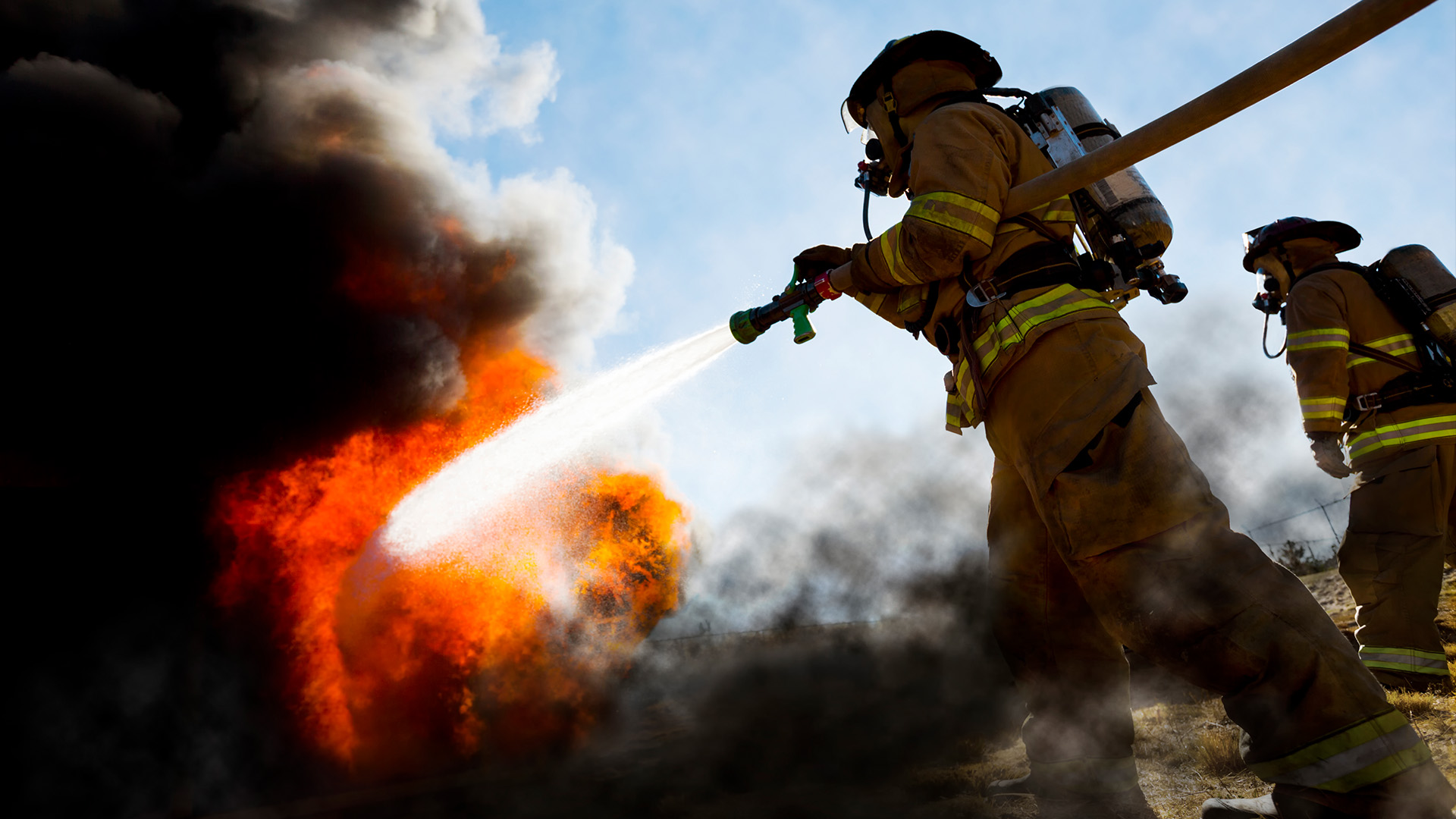Can static electricity cause a fire?
It's commonplace to get a jolt from static electricity. But does it have enough electrical charge to start a fire?

Zaps of static electricity are commonplace in everyday life. But can static electricity give enough of a jolt to start a fire?
Static electricity is the result of an imbalance between negative and positive electrical charges in an object, according to the U.S. Library of Congress. These charges can amass on an object's surface until they find a way to discharge.
The most common cause of static electricity is a phenomenon known as triboelectricity, Pourya Shamsi, a power electronics engineer at the Missouri University of Science and Technology, told Live Science. When two materials repeatedly touch and then separate, the surface of one material can steal electrons from the surface of the other. This is why rubbing socks on a carpet or running a plastic comb through hair can build up electric charge. In essence, negative electrons are leaving one object for the other. Then, when you touch something, like your cat or dog, you'll get a shock as the extra electrons rapidly leave.
In the case of rubbing a balloon on your shirt, the balloon receives a surplus of electrons, whose negative charge helps the balloon stick to the wall, which is now more positively charged than the balloon, according to the Library of Congress.
The most powerful display of static electricity on Earth is lightning, Shamsi said. Collisions between droplets of rain and ice crystals within clouds can lead huge amounts of static electricity to build up, according to the National Weather Service. Lightning discharges can pack "as much as 5 gigajoules of energy, which is enough to set multiple trees on fire in an instant," Shamsi said.
In comparison, the amount of static charge that might build up on a person is hundreds of billions of times less, reaching about 40 millijoules of energy, Shamsi said. That is about as much energy as a typical LED indicator light might use in one second, according to electronics design firm Cadence.
Related: What makes something fireproof?
Get the world’s most fascinating discoveries delivered straight to your inbox.
However, "even this small amount of energy is sufficient to damage sensitive electronic devices or start a fire," Shamsi said.
Most human-involved static electricity fires start with flammable fuel vapors and gases, Shamsi said. Specifically, "the most common everyday situations for starting a fire would be at gas pumps," Mark Lambert, director of the West Virginia State Fire Training Academy, told Live Science.
Static electricity on a person can discharge as an electric spark — on a pump handle, for instance — that can set fire to flammable material. To prevent fires at gas stations, "touch metal or the car door with your bare hand" before you use the pump, Lambert said. "This will discharge static electricity on your body and will prevent possible fire."
Importantly, "once the gasoline is pumping, do not get back into your vehicle," Lambert said. "This can recharge your body with static electricity."
The liners of truck beds can build up static electricity as well. "You should always remove gas cans from the bed of a truck to fill them at a pump," Lambert noted.
In addition to gas stations, "in industrial settings, static electricity can set fire to fine dusts, including fine wood dust, aluminum dust, and even wheat flour," Shamsi said. Powders and other items moving around inside a facility can lead to a buildup of static electricity on surfaces that can then discharge onto the dust, making it burn. "An average person might not consider aluminum or the bread they are eating as combustible," Shamsi said. "But when both are turned into fine powder, both can combust due to a static electricity discharge."
All in all, "people working with combustible fuels, including hydrocarbons and fine dust, should discharge themselves prior to handling the fuel or entering those environments," Shamsi said.




